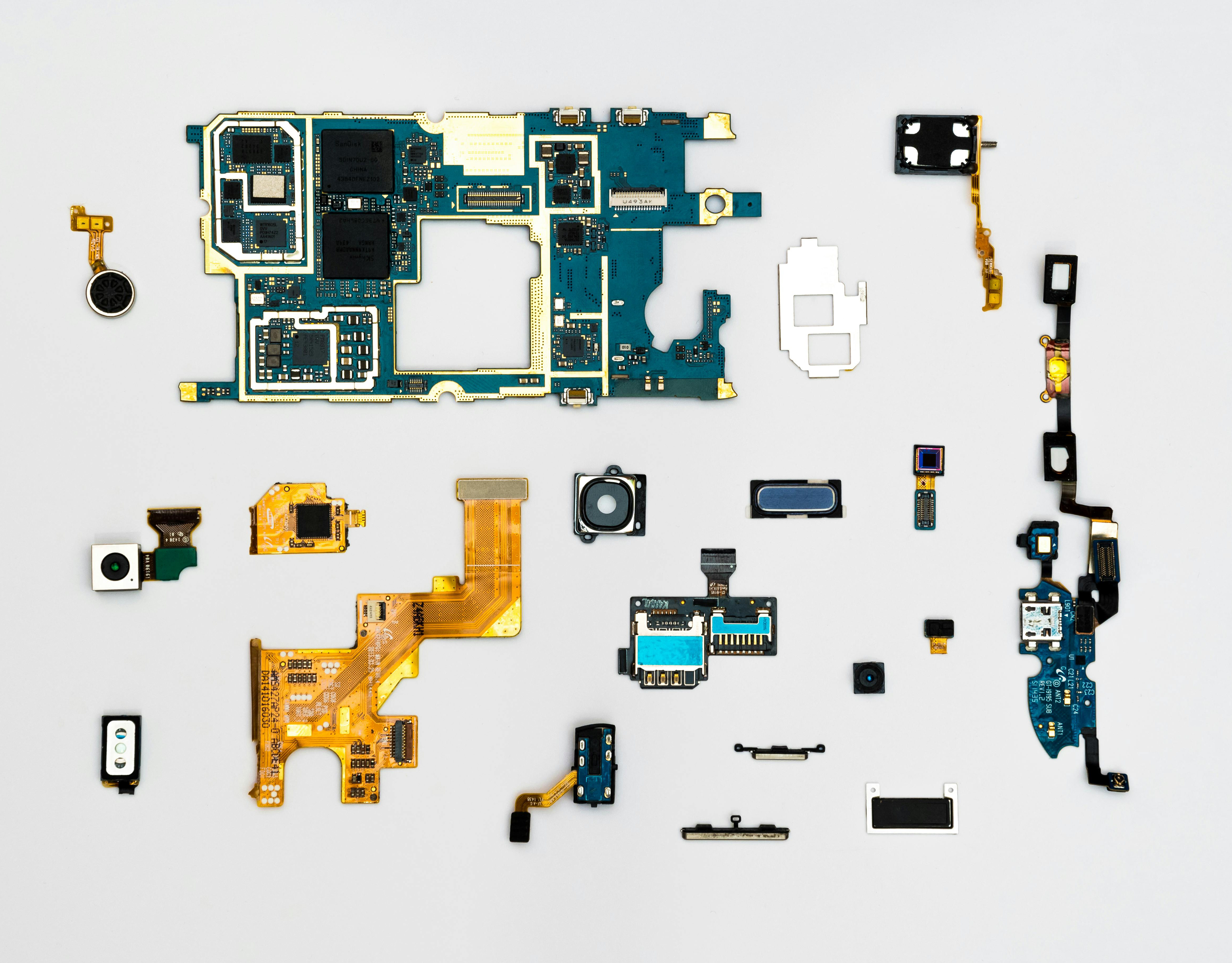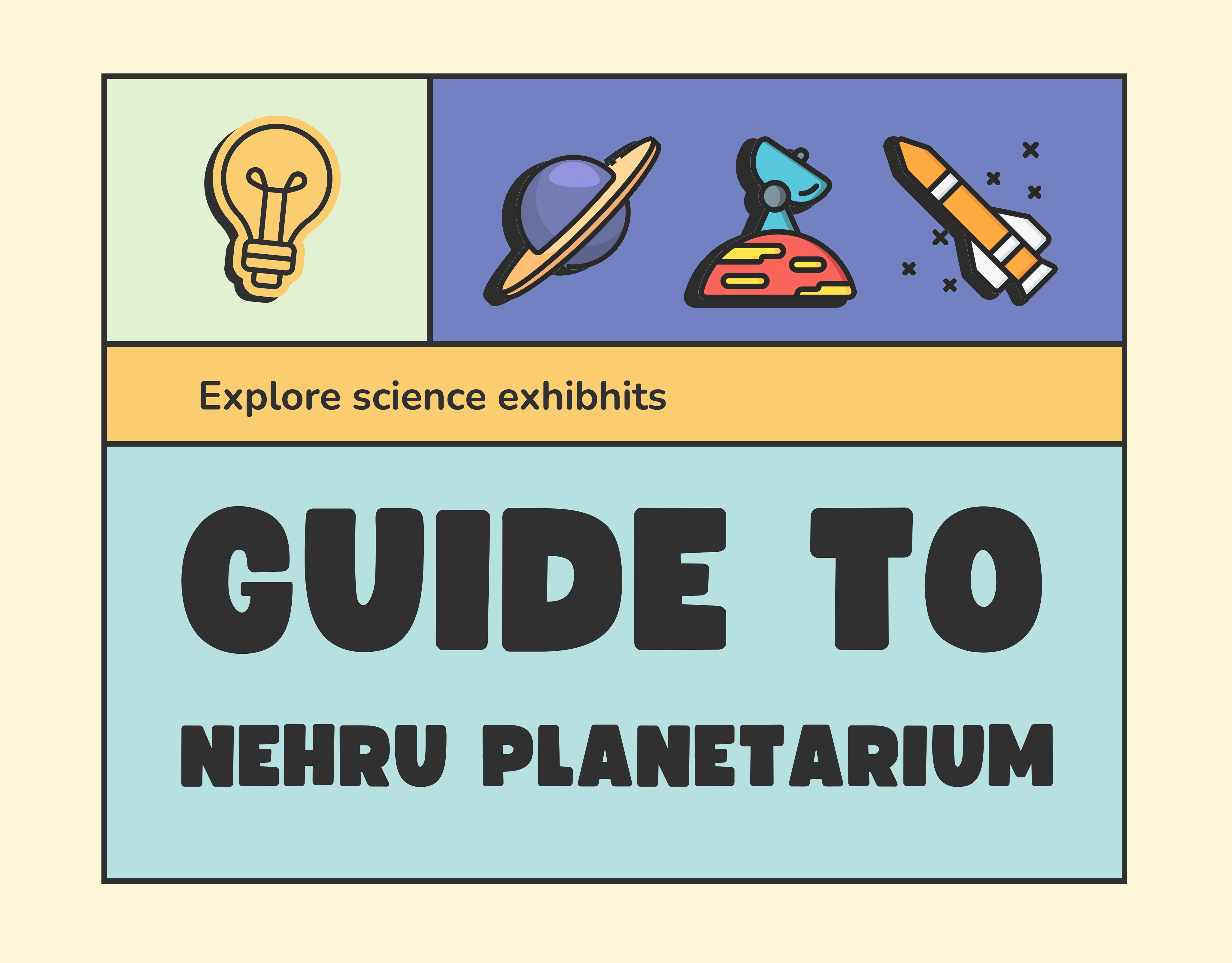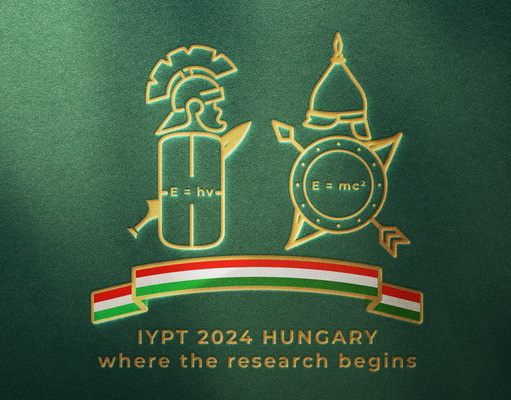The European Organization for Nuclear Research
Objective - Explore particle physics and the Large Hadron Collider (LHC).
Key Learnings - Concepts like electromagnetism, quantum mechanics, and relativity; studied the Higgs boson and dark matter.
Outcome - Gained hands-on experience with particle collisions, magnetic fields, and cutting-edge experiments, deepening my understanding of physics and its real-world applications.
Me at CERN
My time at CERN was a profound journey into the heart of fundamental physics, allowing me to explore the most intricate aspects of particle physics and the mysteries of the universe. The experience deepened my understanding of how theoretical physics converges with cutting-edge experiments to push the boundaries of human knowledge.
Large Hadron Collider (LHC) - At CERN, I primarily focused on the Large Hadron Collider, the world’s most powerful particle accelerator. The LHC is a remarkable testament to the practical application of advanced physics principles, particularly those related to electromagnetism, particle dynamics, and quantum mechanics. Observing how charged particles are accelerated to near-light speeds, I gained a deeper appreciation for the relativistic effects described by Einstein's special theory of relativity. The increase in mass and the shortening of time experienced by particles moving at such high velocities were concepts I had previously studied but truly grasped when seeing them applied in such a groundbreaking experiment.
Magnetic Fields and Particle Manipulation - One of the most exciting aspects of my time at CERN was learning about how magnetic fields are used to control particle beams. The powerful superconducting magnets employed in the LHC create extremely strong magnetic fields to bend and focus the beams of protons. This process relies directly on the Lorentz force law, which governs how charged particles behave when subjected to electric and magnetic fields. The precise manipulation of these fields to steer and confine particles within the collider demonstrates the profound influence of classical electrodynamics on modern experimental physics.
Quantum Field Theory and the Higgs Boson - Another critical concept at play in the LHC is quantum field theory, specifically the Standard Model of particle physics, which describes how fundamental particles interact through forces mediated by gauge bosons. My research at CERN focused on understanding these interactions, particularly the Higgs boson, a particle that explains how other particles acquire mass. Being at the forefront of such groundbreaking work, I delved into the role of the Higgs field, which imparts mass to elementary particles through spontaneous symmetry breaking—a concept steeped in the mathematics of gauge symmetry and quantum fields.
Experimental Techniques and Data Analysis - I was also able to engage with the experimental techniques used to detect and measure particle collisions, linking theoretical predictions to observable phenomena. Detectors like ATLAS and CMS use layers of sensors to capture the results of high-energy proton-proton collisions, and this process is underpinned by physics concepts like energy-momentum conservation and particle decay chains. By analysing collision data, I observed how the decay of particles such as quarks and gluons into jets of hadrons followed the principles of quantum chromodynamics (QCD), the theory describing the strong nuclear force.
Search for Dark Matter - Additionally, I explored the LHC's efforts to detect dark matter, which ties into the search for physics beyond the Standard Model. These experiments rely heavily on indirect detection methods, where missing energy or momentum in particle collisions could indicate the presence of dark matter particles. This reinforced my understanding of how experimental physics not only validates existing theories but also probes the unknown, testing hypotheses that could reshape our understanding of the universe.
My time at CERN was a unique opportunity to see how theoretical physics - relativity, quantum mechanics, field theory—guides the design and interpretation of one of the world’s most advanced scientific experiments. It was an experience that expanded my appreciation for the deep interconnectedness of physical laws, inspiring me to further explore the frontiers of particle physics and contribute to the quest for new knowledge about the universe.
Certificate of Participation




